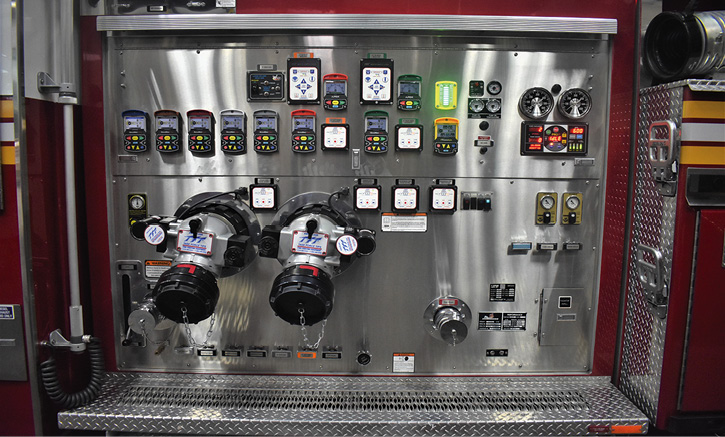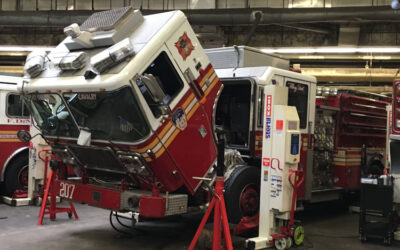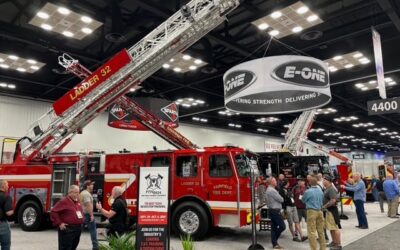By Andy Biron
In this article, I want to cover ways mechanics and firefighters can communicate and work together to solve apparatus problems. Most of these problems come from both sides of the conversation, with both using terms and descriptive statements that one side does not understand. Then, when one side’s frustration level increases the breakdown begins. Usually this leads to less effective communication and ultimately a complete and unhealthy work environment or worse, administrative actions. Either way, no side is a winner.
So, let’s discuss how an emergency vehicle technician (EVT) can communicate in terms to which the end user can relate. Our terms in the EVT world are driven by the manufacturing world and very much align with build drawings and parts ordering lists. They do not necessarily line up with terms our end users would use to describe the parts that are the areas of concern.
Let’s look at a couple of calls for service that I have dealt with and the way the conversations went.
Case Study
An end user calls about a foam production issue on a foam system. The user did some diagnostic work from the panel and explained to me that he did several resets and got foam production, but the operation of foam delivery is very hit or miss.
As an EVT, my first question was: What document are you referencing to get these reset procedures? This gives me the exact source of the information, right or wrong. If he got it from the Internet I ask for the link. I have found that some departments post manufacturer documents, and they may be older versions found via search engines. Another question is to ask is for a picture of the exact device’s serial number. I have found this to be helpful when using manufacturer tech support in advance of being on site, as tech support may ask for the age of the device. The next question is: Can this end user be present and show me in person what he is doing? I have found that getting the person reporting the issue to recreate the issue can be a huge benefit to the EVT.
First, this validates his or her concern and opens the lines of communication and dialog at the problem apparatus. This is where the EVT needs to be “kind” to the end user. Unless you see the end user doing something that will damage the apparatus, let him go through the process and show you what he is reporting. Give him time to explain in his terms and translate the explanation into terms that you as the EVT and that tech support may need.
Now back to my call for service on the foam system. I showed up to the engine and had the reporting engineer go through his process. I stood close by and watched his actions and made mental notes. I did not make comments. I let the operator go through his process.
Next, I had printed the most current revision of this specific device’s manual. Keep in mind that there are several versions of these documents. For example, one version may be just for the end user and may not go into troubleshooting. Another version may cover installing the complete system and troubleshooting you need to weed through to find the specific area to get an answer. Other versions may be very specific to just troubleshooting.
I had done my homework and had notes and highlights ready to show the operator that he was not doing a reset. Rather, it was an override and making the system see a “simulated” flow—something an EVT would do during a system test and not for emergency operations.
He had not completed a real test function for this specific panel and removed a button head screw and placed the system into a test mode. Once we completed this specific system’s test functions, he witnessed that the system had a specific error and would not produce foam on demand.
At no time should you as the EVT stop an end user and tell him he “does not know what he is doing” or any other statement like this. Instead take the time to explain in terms he will grasp and share with other members of the department.
ANDY “SIPPY” BIRON retired from the City of Manchester (NH) Fire Department in 2023 after 22 years of line firefighting service. For the past nine years, he has been an EVT for W.D. Perkins Fire Pump Specialist based in Bedford, New Hampshire.






